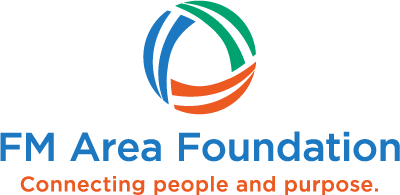Legislation known as SECURE 2.0 contained a dizzying array of changes to the laws governing retirement plans. Passed at the end of 2022, SECURE 2.0 is 130 pages long; overall, its purpose is to encourage more retirement savings through vehicles like employer-sponsored 401(k) plans.
Lately, the buzz around SECURE 2.0 has been focused on a very specific provision addressing what are known as 401(k) “catch-up” contributions. A “catch up” contribution allows a worker aged 50 and older to pump more money (an extra $7500 in 2023) into their 401(k) plans, beyond the usual $22,500 statutory maximum for employee deferrals.
Normally, an employee’s contributions to a 401(k) are not included in adjusted gross income for tax purposes, which is a big perk. But under the provisions of SECURE 2.0, if you are at least 50 years old and earned $145,000 or more in the previous year, these catch-up contributions would be treated like Roth IRA contributions–meaning the money used to make those contributions is after tax. Essentially, you will be paying tax on the money you use to make the catch-up contributions. Depending on your tax bracket, the extra tax could possibly tally into the thousands of dollars.
But! The IRS’s recent ruling has delayed the Roth treatment provision so it will not become effective until 2026. This means your catch-up contributions are still “pre-tax,” at least for the next couple of years.
What is the bottom line here? If this situation applies to you–if you are over 50, earn more than $145,000 a year, and want to make catch-up contributions to your employer-sponsored 401(k) plan–you now have an extra couple of years to enjoy the tax perks of these contributions. This relief, in turn, might allow you to make larger charitable gifts than you had originally planned when you budgeted for 2023’s charitable giving.





